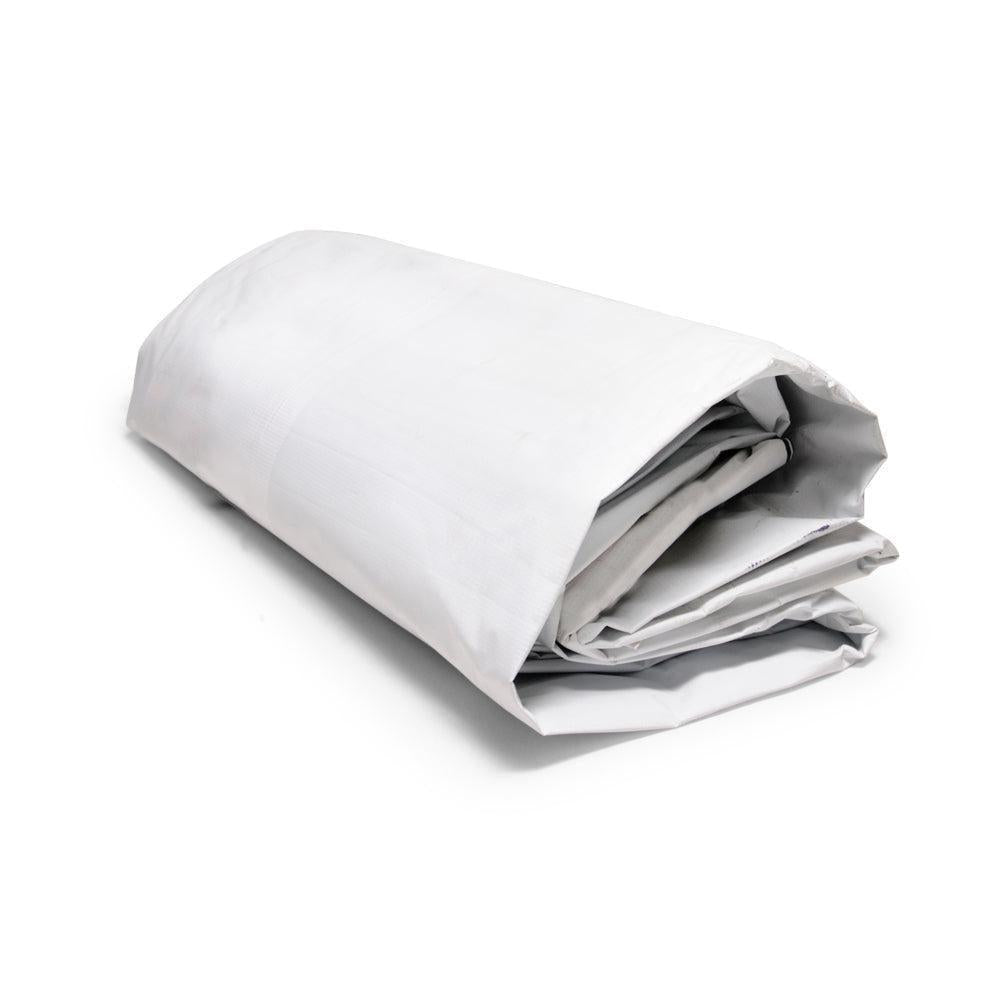Additional protection from abrasion and punctures makes sense, either or both, inside and out. I've never tried an innie, and only used the supplied outie footprints. I try to treat the tents like fragile gear. So far, so good. I did have a wet interior one rainy trip that resulted in an annoying puddle. It never occurred to me at the time a leaky seam might be the culprit in a brand new tent. And so it was, so there ya go. Sealed, done and dusted.
By the time mattresses and sleeping bags are laid out there isn't much floor space left, and like others, foot wear are left outside. But one thin tough layer more might save us from grief. I recently bought a waterproof drop cloth, on my way to work, after realizing I'd forgotten all my drop sheets back at home. It could easily be sacrificed for a gooder cause, trimmed to fit a tent interior.
Keep the good ideas coming.
By the time mattresses and sleeping bags are laid out there isn't much floor space left, and like others, foot wear are left outside. But one thin tough layer more might save us from grief. I recently bought a waterproof drop cloth, on my way to work, after realizing I'd forgotten all my drop sheets back at home. It could easily be sacrificed for a gooder cause, trimmed to fit a tent interior.
Keep the good ideas coming.


